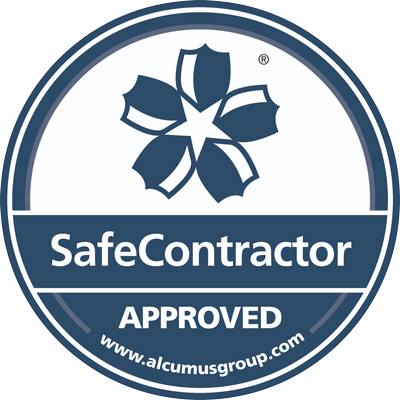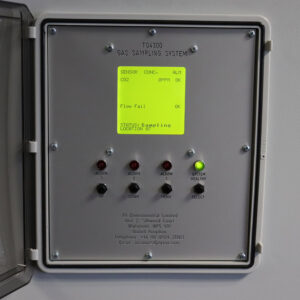
Ammonia Gas Detection
Ammonia gas detection is essential for any business dealing with ammonia since ammonia is a toxic gas or liquid that, when concentrated, is corrosive to tissues upon contact. Exposure to ammonia in sufficient quantities can be fatal. Ammonia vapour at levels higher than those found in common household cleaners is an irritant to the eyes, mucous membranes, and lungs.
Ammonia is a colourless, reactive gas that is lighter than air. Furthermore, ammonia has a strong smell, similar to urine which can be detected by most people, even in small quantities. In addition to this, it is also used as a refrigerant gas to purify water supplies and manufacture plastics, explosives, textiles, pesticides, dyes, and other chemicals.
The severity of health effects depends on the route of exposure, the dose, and the duration of exposure. Exposure to 300 parts per million (ppm) is immediately dangerous to life and health. Accidental ammonia releases from refrigeration plants have resulted in injuries and death to employees. These injuries and deaths are caused by contact with both liquid and vapour forms of ammonia.
View our range of our Ammonia Gas Detection products using the link below.

What are safe working levels of Ammonia in the UK?
HSE specify the safe working levels of ammonia are 25ppm for a period of 8 hours. However, this is reduced to 15 minutes should the level rise to just 35ppm. No worker should be exposed to more than that amount over any 15-minute period. At 300ppm ammonia is considered to be a serious risk to health and life.
Leak Detection Requirements
Requirements for refrigerant leak detection in machinery rooms are defined in EN378. It states, “when the concentration of the refrigerant can exceed the practical limit in accordance with EN378-1:2016, annexe C, detectors shall at least actuate an alarm and, in the case of a machinery room, the emergency mechanical ventilation”. The practical limit for R717 is 500ppm, and the main alarm concentration is 30,000ppm.
It also states, “at least one detector shall be installed in each machinery room or occupied space being considered. It also mentions that they must activate audible and visual alarms both inside and outside the given place. All occupied spaces, such as processing areas, need to measure low Ammonia concentrations for employee safety and quick leak detection. Recommended alarm setpoints for such rooms are 25 and 35 ppm.
Along with Ammonia detection in machinery and refrigerated rooms, it is also recommended to control R717 levels in ventilation lines to reduce emissions into the atmosphere.




















